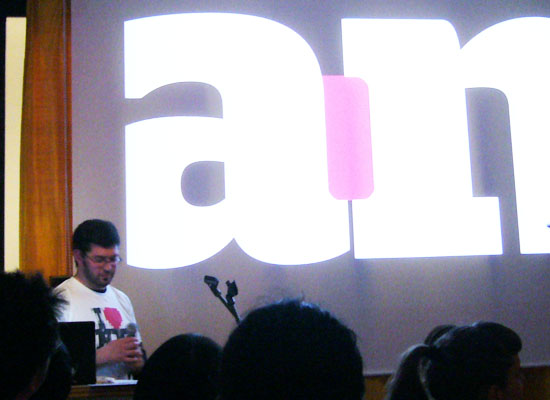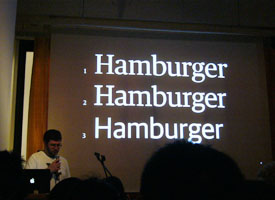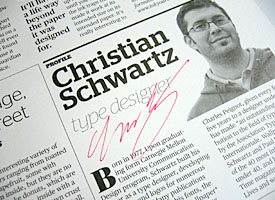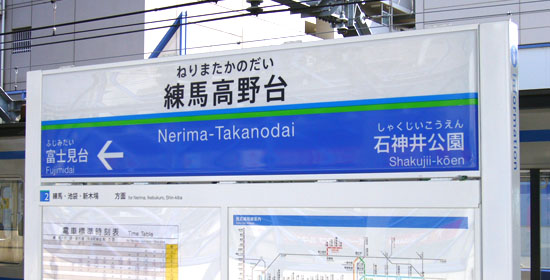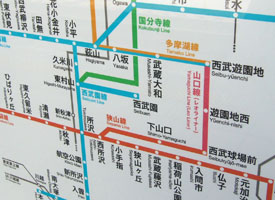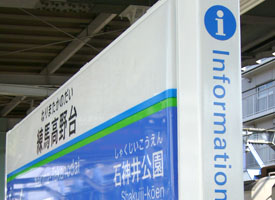TDC exhibition 2008 opened at ggg gallery
April 12th, 2008Tokyo Type Directors Club (TDC) exhibition 2008 started on April 4, 2008 at ggg gallery in Ginza, Tokyo. There are many unique and interesting typography works and type designs contained TDC prize award winning works. Especially, award winning TDC prize Latin typeface design Frida, which was designed by Fernando De Mello Vargas who was a student of Reading type design course in UK, was very interesting multi lingual font. Frida supports Latin and Tamil scripts. I met Fernando at the party after the Christian Schwartz’s presentation in 5tanda-sonic, see previous article, but I didn’t have enough time to chat with him, so I emailed him.
And Jiyu Kobo, is one of the most remarkable type foundries in Japan and also known for making Hiragino family bundled on MacOSX, got the TDC prize for Japanese fonts series it made.
This exhibition continued through April 26(Sat.) and will be also held at ddd gallery in Osaka Dojima from June 13(Fri.) to July 23(Wed.), 2008.
